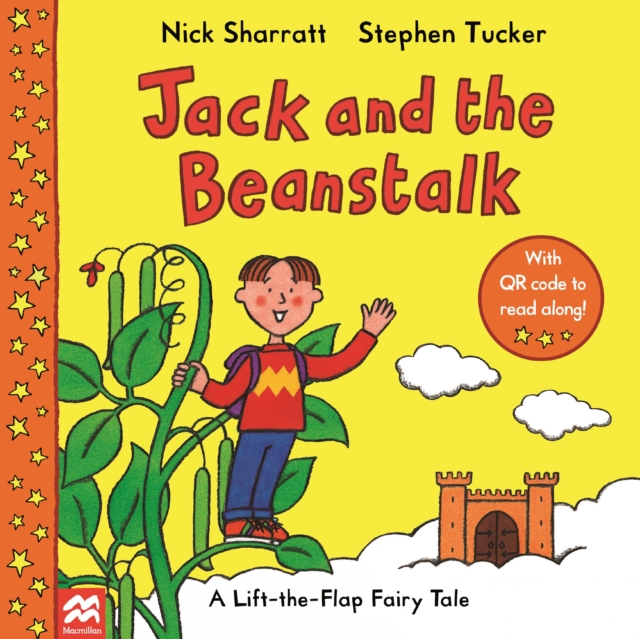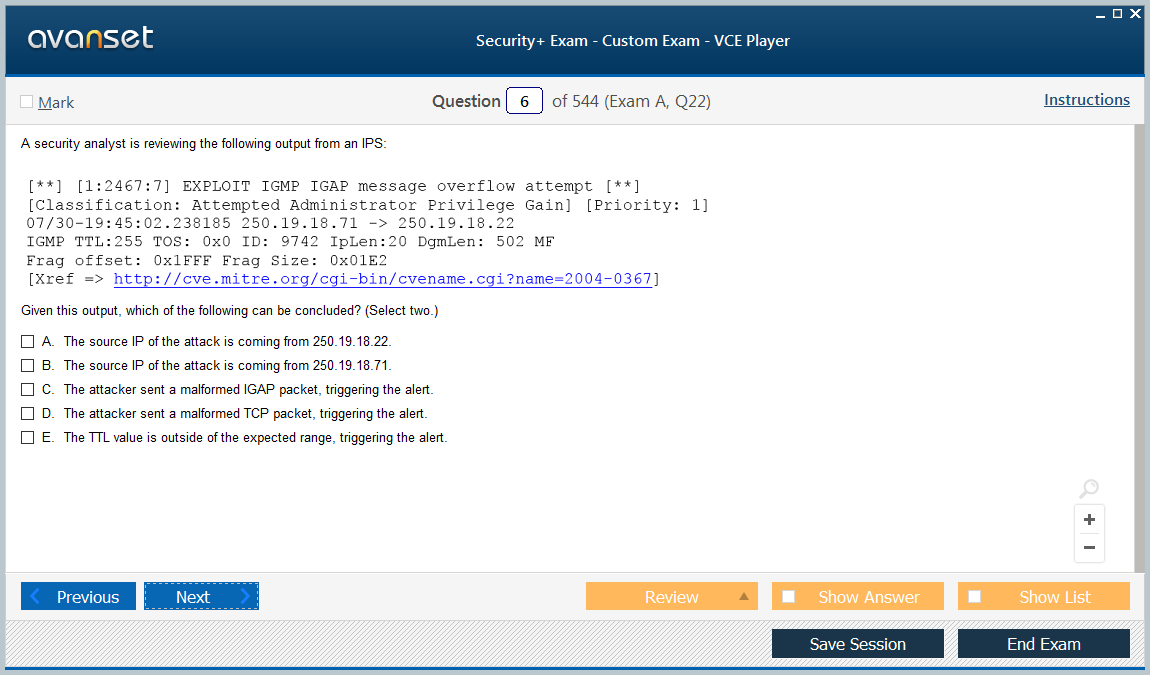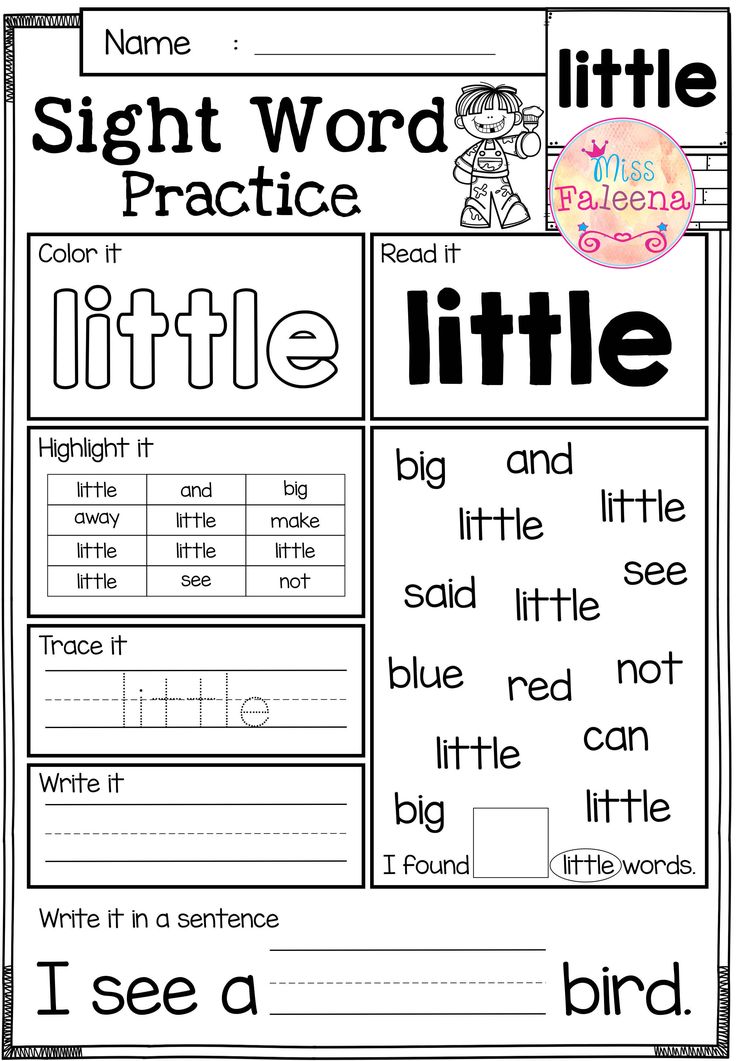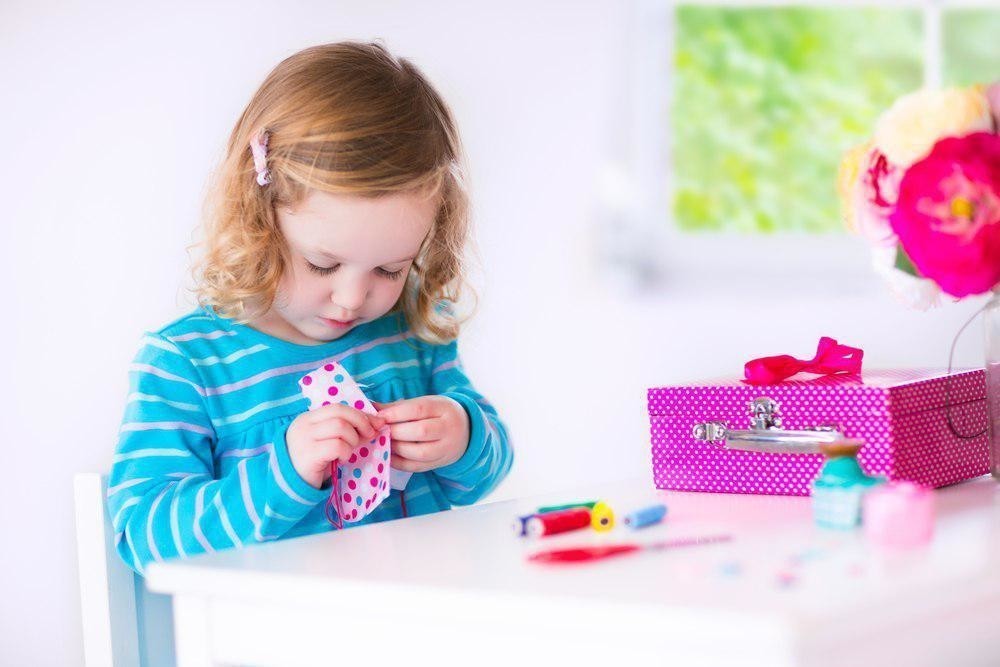Teaching your child to identify and express emotions
5 Ways to Help Children Identify and Express their Emotions
The early years are crucial for your child’s development. It is during this time that they learn about how the world around them works. Along with their new discoveries, they also learn a lot about their feelings and how to express them in the appropriate manner. In this article we share with you the 5 Ways to Help Children Identify and Express their Emotions
Throughout this learning journey, things can get overwhelming for young children who are trying to understand the complexities of emotions. As a result, they may vent their frustrations through emotional outbursts or have a hard time calming down. Although you may find this situation challenging, know that it is all part of your child’s learning experience.
Here are 5 Ways to help your children learning and understanding their emotions better:
1. Name the feelingThe different feelings that your children go through daily may be foreign to them at first, but you can help them out by naming those feelings appropriately. For example, you could say, “Mummy has to go to work, and you are sad to say goodbye” or “You were angry that your friend snatched your favourite toy”. You can also use picture books or videos to point out the various emotions of the story’s characters to your child.
When you teach your child to name feelings when they occur, your child will build an emotional vocabulary over time and get to the point where they are able to identify those feelings and talk to you about them. This will then help them learn the basics of expressing their feelings appropriately.
2. Talk about how feelings can be expressedThe best way to teach your children to express their feelings is to set a good example yourself. Start by talking about your own feelings and describe how to best express those feelings. You can also create opportunities for your child to come up with solutions for various situations, and then discuss why they are or are not appropriate.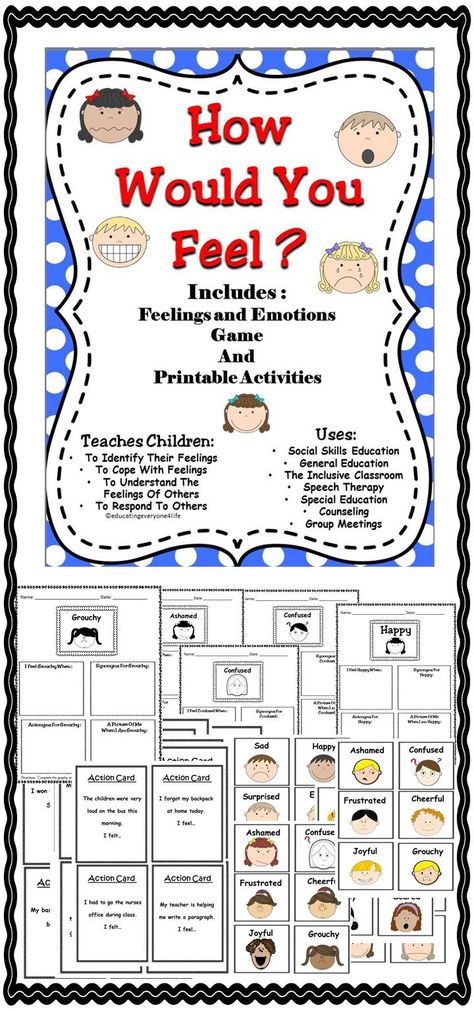
Here are some questions you can ask for starters:
Remember how Mummy got mad yesterday because the kitchen sink was clogged up? When I get mad, I take a deep breath, count to three, and think of the best way to solve the problem.
Your brother bumped his head on the wall – how do you think he feels?
You are frustrated because you are having a hard time putting back that box on the shelf. What can you do? I think you can either ask for help or try to do it again. What would you like to do?
As your child grows up, you may also consider signing them up for classes where they are encouraged to express themselves. For example, speech and drama classes provide the best stage for your child to express his or her emotions creatively, through physical movements and facial expressions. Drama class for kids would also be instrumental in boosting their confidence, as well as to improve their communication and language skills.
3.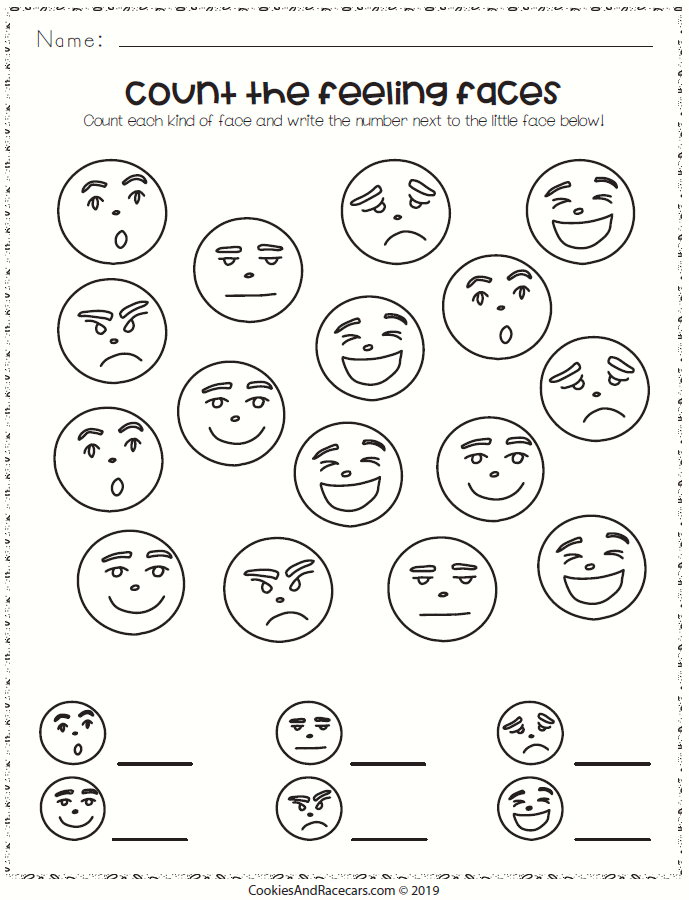 Offer a deep nurturing connection
Offer a deep nurturing connectionWhile babies are soothed by their parents, toddlers and pre-schoolers need to bond and feel connected to mum and dad in order to regulate and deal with their emotions. Thus, when you notice your child getting upset or overwhelmed, the best thing you can do for him/her is to reconnect. This helps you see things from your child’s perspective. This helps you understand the reason behind their meltdowns and allows you to respond appropriately. In fact, experts highly recommend that we hug our children when the going gets rough, as this has shown to do wonders in regulating their emotions.
4. Resist the urge to punishOne of the 5 Ways to Help Children Identify and Express their Emotions is resisting the urge to punish them. Discipline methods such as spankings, time outs, giving consequences and shaming are often used to correct children’s misbehaviours, but these do nothing to help them deal with their emotions. By resorting to these methods, children get the message that their “bad” emotions are to be blamed for their misbehaviours. As a result, they try to bottle their emotions until they get to a point where it “overflows” one day through a meltdown episode.
By resorting to these methods, children get the message that their “bad” emotions are to be blamed for their misbehaviours. As a result, they try to bottle their emotions until they get to a point where it “overflows” one day through a meltdown episode.
Instead of using punishment, do help your child to process and manage their emotions in positive ways. You should do that until they are able to handle it all by themselves. Leading through good example can include speaking in a proper tone of voice and not yelling. Giving them activities that allow them to express their emotions can include drawing and shaping with playdough. These two can go a long way to help both of you get there.
5. Praise and practice – often!Give praises to your child whenever he/she talks about his/her feelings. This brings across the message that he/she did the right thing and that you are proud of him/her for reaching out to you and talk about feelings.
Children should know that it is perfectly fine to express what we feel. They should also be given ample opportunities to respond to their feelings in appropriate ways. You can play your part in this aspect by practising strategies that will help your child express his/her emotions in various situations. For example, you can talk about feelings and coping strategies during dinner, a play date or while grocery shopping. Through the series of events that unfold in each situation, there will be opportunities for your child to express and deal with his/her feelings when interacting with others. The more your children get to do this, the faster they will learn to regulate their emotions independently.
They should also be given ample opportunities to respond to their feelings in appropriate ways. You can play your part in this aspect by practising strategies that will help your child express his/her emotions in various situations. For example, you can talk about feelings and coping strategies during dinner, a play date or while grocery shopping. Through the series of events that unfold in each situation, there will be opportunities for your child to express and deal with his/her feelings when interacting with others. The more your children get to do this, the faster they will learn to regulate their emotions independently.
Related: 5 Ways to Raise a Child with High Emotional Intelligence | 5 Ways to Ease PreSchool Separation Anxiety in Your Child
Written by Justina Goh
Part of the focus of MindChamps PreSchool’s curriculum is centred on character building. Find out how this can benefit your child during the early years.
Book a centre visit now!
7 Ways to Help Kids Identify Feelings & Control Emotions
How to help kids identify and express their emotions, and also manage those feelings while controlling their emotions in a healthy, respectful way.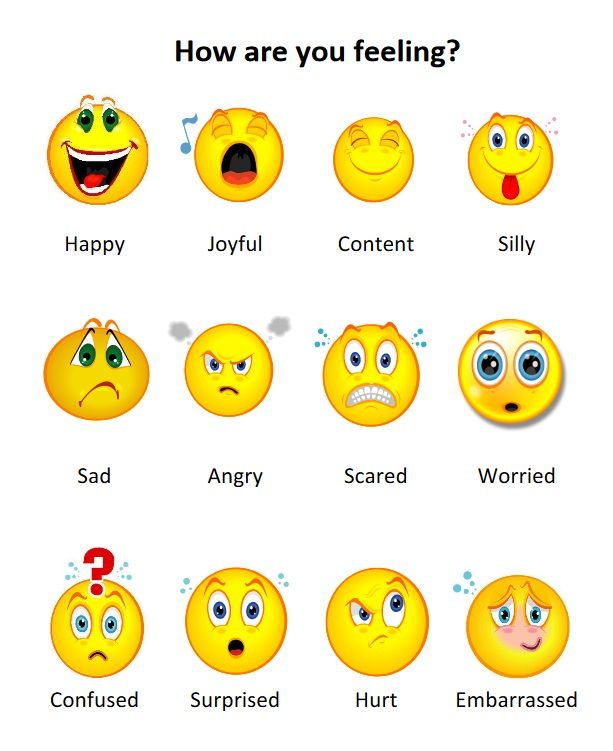 Why using emotion picture cards can be a lifesaver!
Why using emotion picture cards can be a lifesaver!
Helping Kids Identify & Express Their Emotions
When your child is shouting, screaming, throwing a tantrum and exploding with big emotions, it can be a real battle to find ways to teach your children about emotions without losing your own cool.
Parents can struggle to help their children learn about feelings and how to appropriately express their emotions, especially toddlers whose frontal cortex isn’t fully developed yet (also the biological reason behind toddler tantrums.)
The benefits of teaching your children about feelings and helping them develop emotional intelligence aren’t only great for minimizing power struggles and tantrums, but a lifelong skill they’ll reap the rewards of in school, business, personal relationships and friendships.
One big benefit?
Children who learn self-regulation and how to control their emotions are shown to have longer attention spans, understand appropriate dynamics of interacting with others, are less impulsive, more self-aware and better communicators.
Let’s talk about how you can first teach children how to identify and express their emotions respectfully, and then strategies for control emotions especially when they want to burst out in unwelcome ways.
Want Help Supporting Your Child’s Big Emotions? Check Out These Resources:
☑️ Emotions A – Z: From Chaos to Calm Teaching Emotions eCourse
☑️ Emotions Picture Card Set to Help Kids Identify Their Feelings
☑️ Calm Down Picture Cards Set to Help Kids Begin to Self-Regulate
☑️ “How I’m Feeling” Personal Reflection Journal Pages for Kids
Teaching Kids How to Control Emotions
- Model Reactions and Emotional Behavior
Children look to their parents to be the prime example of how to act, behave and react.
Basically you are their role model for navigating life.
Children are also exemplary at mimicking the behavior and mannerisms they’re surrounded with, no matter if the behavior is good, bad, appropriate or inappropriate.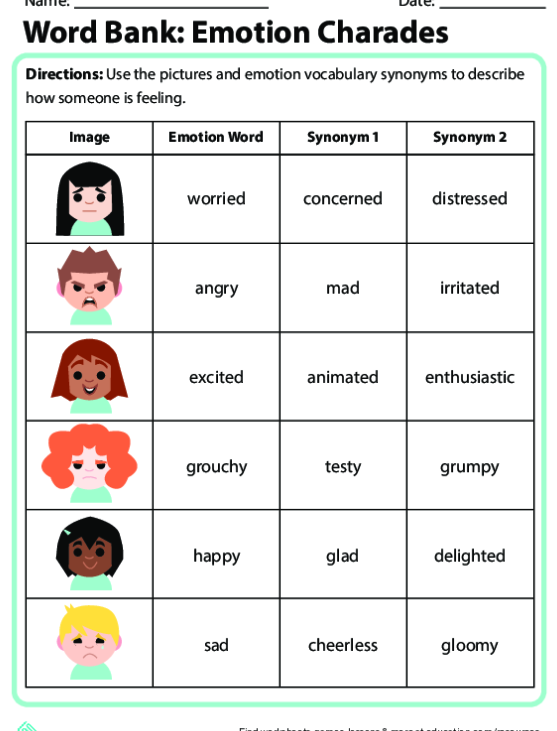
It’s important to practice what you preach which means instead of matching your child’s intensity with your own, you must be the rock-steady and calm your child needs.
Your “cool as a cucumber” response will teach your kids a better way to handle challenging situations, disappointment, and adversity than with big, explosive emotions.
The coping strategies you demonstrate will help your children develop their own coping strategies to main control and reel it in.
- Talk About Emotions and Feelings with Kids
Children often feel overwhelmed by what they are feeling particularly because they don’t know what it is.
- What are emotions?
- What are feelings?
- What does this feeling I have mean?
- What is the emotion that matches this feeling?
- Why am I acting this way?
Butterflies in the tummy often equate to nervousness and clenched fists, anger. But does a child automatically know this?
But does a child automatically know this?
The very simple answer is no they do not.
Children must learn the different kinds of emotions and how they relate to what you feel inside.
The best way to do this is to help name your child’s emotions as it matches their behavior.
- Crying = Sad
- Throwing a Toy = Anger
- Laughing = Joy
- Fear, Guilt, Happiness, Excited….
You can help your child identify facial expression in others and by watching themselves in the mirror, to recognize what behavior is saying.
You don’t just want to point out the negative behavior and reactions like being angry, sad, or upset. Also, point out the entire range of emotions including happy, excited, lonely, etc. so they learn all the emotions and can read body language.
Talk about your child’s emotions by having regularly conversations about feelings and using emotion picture cards to help kids identify what they’re feeling.
If your child is unable to name what they feel, help them by describing the emotion and pointing to the picture in the emotion picture card set, until they make the connection.
- Identify Feelings of Others
Teaching emotional intelligence isn’t only about your child, it’s about modeling the connection between behavior and feelings for your children in a teachable way.
- When you feel frustrated, tell them.
- When you are happy, express it.
- When you feel angry, explain why you feel this way.
It’s important to help children learn to recognize feelings and emotions in others by reading facial expressions and also identifying body language. The emotion picture cards can help kids identify body language and cues in others too.
When kids can recognize the emotional state of others, they’ll be equipped to understand how to interact with others and communicate with them better.
-
4.
Praise Behavior Your Want to See Repeated
When you watch your child catch themselves and walk back out of what could have been a tantrum or a big emotion situation, shout your praise from the rooftops!
Praising behavior tells kids the should repeat it because of the positive reinforcement you give them.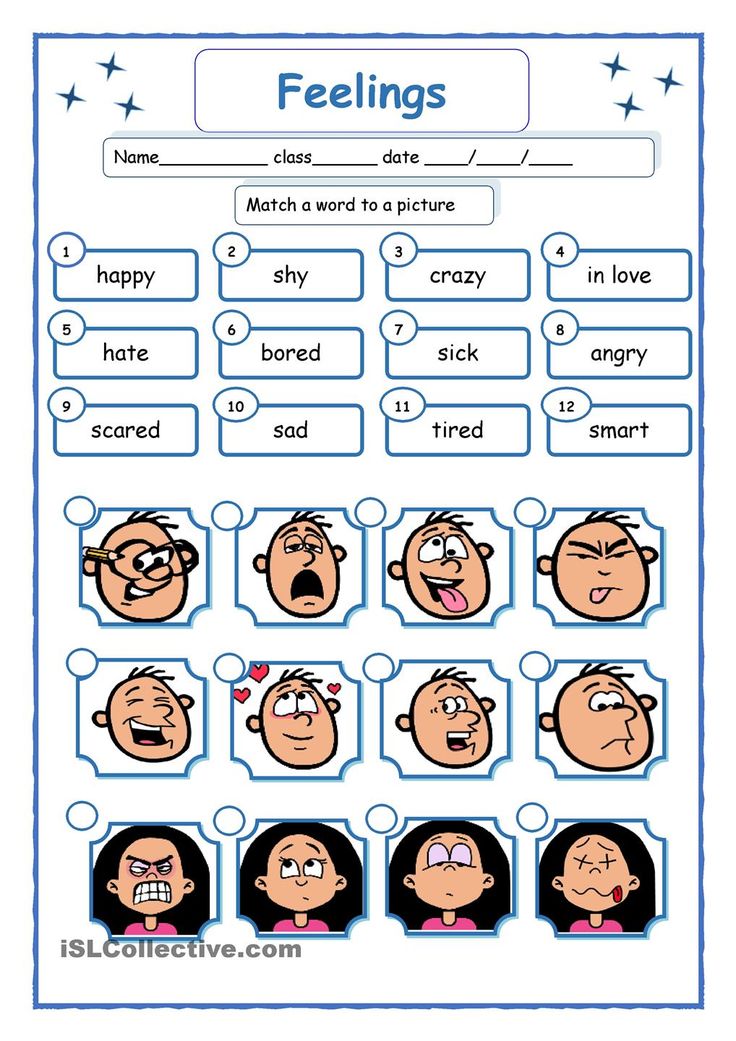
It’s like when your children first learn how to walk. When you sit on the sidelines and cheer them on, the more they want to try standing and walking towards you.
Positive praise works just like this to reinforce when your kids make good choices when it comes to behavior, too.
- Notice When Environmental Factors Play with Emotions
There are a lot of environmental factors that come into play when a child experiences big emotions.
Help your child identify other reasons why they get off track or preemptively could get off track by looking at their surroundings.
The big four are:
- Sleep
- Food
- Overstimulation
- Connection
Most often, poor behavior and misbehavior are the result of being tired, being hungry or overstimulated. This can also be because of a lack of connect the child feels to you or another person they’re close to and acting out is a way to gain your attention.
The more in touch your child is with their feelings, the more connected they’ll be to their body and the instincts to rest, eat, chill out or ask for affection when their tank is on empty.
- 6. Coping Strategies to Control Emotions
Even if your child has identified triggers to their big emotions, they still need coping strategies to get the emotions under control.
Different coping strategies that are useful are:
- Create a calming / quiet retreat in your home when your child can retreat to be alone
- Listen to music (and dance if it helps)
- Take a bath
- Create! Draw, color, paint
- Drink a mug of something comforting like warm cocoa or apple cider
- Blow bubbles
- Squeeze a stress fall or play with fidget toys
Calm Down Resources:
- Anger Management: Calm Down Tools Kids Can Use Anywhere
- Parents: 5 Steps to Teach Kids How to Manage Big Emotions (Free Printable)
- Helping Kids with Transitions: Switching Gears without Tears
- Be His Safe Spot Before & After Big Emotions
While the wave of big emotions rains down, the one thing your child needs is to know you are there and that you still love him.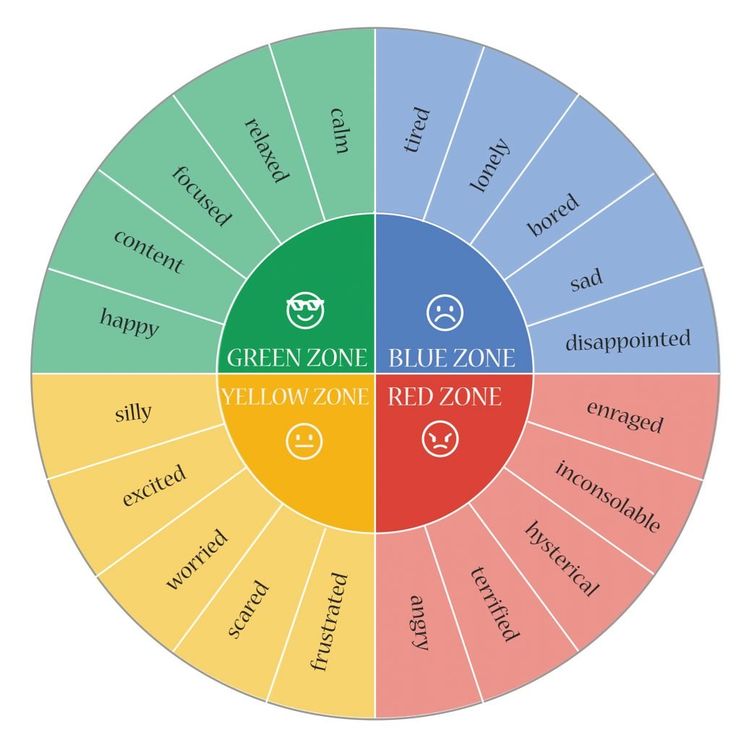
Even if your child doesn’t want affection or your presence at the time, being there for your child gives him safety and lets him know you’re on his team. It also tells him you’re a safe place to share his feelings with once the meltdown has passed.
Match your child’s force with calm reassurance, and counter fury with empathy and gentleness.
If you match his intensity with your own, you can’t provide the safety net he depends upon you for. Whereas, if he feels helpless, out of control, exhausted and distraught, but you gently respond with empathy and understanding, he’ll be able to pull himself together after a good cry versus keeping the tantrum raging on long after it could have ended.
Soon, your child will become the master of his big feelings and emotions and the chaos will be evened out with more calm.
- Use Calm Down Cards to Ease Big Emotions
Calm Down cards are a great tool to give kids options about how they can calm down, and when they have the choice of what they want to do, it’ll help them calm down even faster!
Print this set of calm down cards, laminate if you can, and let your child shuffle through the 45 cards until they find a solution they’re comfortable with.
There are 45 kid-tested methods that will help them cool off when big emotions take hold!
The best part?
With consistent practice of using the calm down card set, kids will turn to their set of calm down cards without any prompting from an adult and begin to self-manage their big feelings all on their own!
Additional Resource: 10 Fun games to help teach kids self-regulation skills
Need a little extra handling your child’s big emotions? Here’s a FREE Parenting Course to help you both turn things around.
Additional Calm Down Resources
- Create a Quiet Spot at Home For Your Child to Calm Down
- Helping Kids with Transitions: Switching Gears without Tears
- Navigating the After-School Meltdown: How to Help Your Child
- Anger Management: Calm Down Tools for Kids to Use Anywhere
- Help Your Children Understand Emotions and Develop the Emotional Intelligence They Need
5 ways to teach your child to express feelings
Children's cognitive abilities are the same as trying to eat cereal with chopsticks. Just imagine: all your child wants - toys, love, toys again - is cereal. And the inability of children to express their desires are sticks, and when a child cannot, symbolically speaking, grab an elusive grain with sticks, then he explodes from emotions and screams, kicks, hits the floor, and so on e.
Just imagine: all your child wants - toys, love, toys again - is cereal. And the inability of children to express their desires are sticks, and when a child cannot, symbolically speaking, grab an elusive grain with sticks, then he explodes from emotions and screams, kicks, hits the floor, and so on e.
This anxiety can be reduced simply a trick called "emotional literacy" in which you teach your child to decipher his feelings in a way that you understand and help. Even if he just needs to open a pack of cereal. nine0005
Adults sometimes confuse the concepts of "emotion" and "feeling", but children do not understand them at all. While research by a team of psychologists from New York University and the non-governmental organization MDRC shows that children with developed emotional literacy are less prone to anxiety and aggression. They develop prosocial problem-solving behaviors that improve learning and mental health.
There are several ways to help your child recognize and manage their feelings:
Do not underestimate
Do not deny your child feelings, otherwise he will think that experiencing something is not good.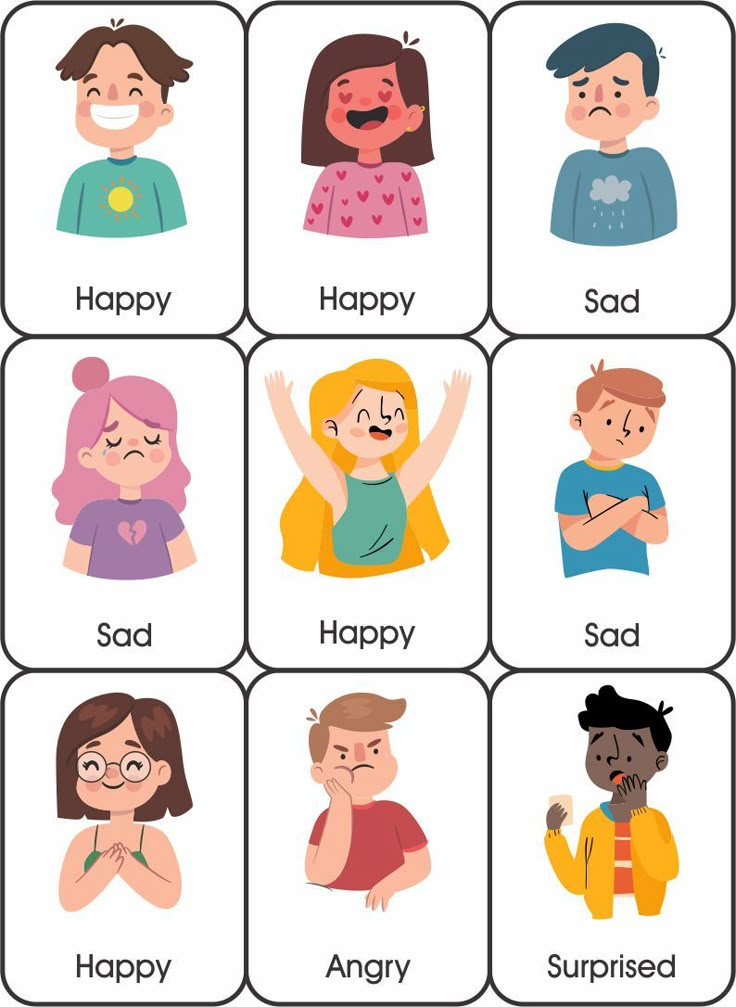 Therefore, it is not a good idea to tell your child not to be sad or angry, even if you have the best intentions.
Therefore, it is not a good idea to tell your child not to be sad or angry, even if you have the best intentions.
Name it
Make sure the child knows exactly how to label a particular feeling, this will help him navigate this stormy emotional sea. Along the way, this will help him explain what's going on, and you'll find a solution. The key here is to keep the conversation going about feelings. When children yell because someone took their toy, help them name their feelings. You can say something like, "Looks like you got mad because that boy did something bad." nine0005
Talk about feelings
Even if you think it's inappropriate to talk about feelings, it's important to do this with children. Everyone is crying, including adults and strong men and women. Telling your feelings will allow your child to directly recognize them in the other person. It is better if the child hears that you are sad and at the same time do not lie on the floor and do not kick. This will show him how to express feelings.
- See also: Understanding feelings: Teaching children to forgive or learn to apologize? nine0026
Emotion Play
Children love to play, so learning emotional literacy can be done very easily during your normal play time, just with a few little additions.
- Try to change your usual stuffed toys game into a role play game with different characters. Include a scenario with bad characters that make you angry.
- Become a mime. Show different emotions - anger, sadness, happiness - and let your child guess and name them. nine0034
- Remix If You're Happy And You Know It, replacing "happiness" with other emotions and ways to express them, not just clapping your hands.
Offer alternatives
When your child wants to explode, show them other ways to deal with emotions. Show that you can dance instead of kicking.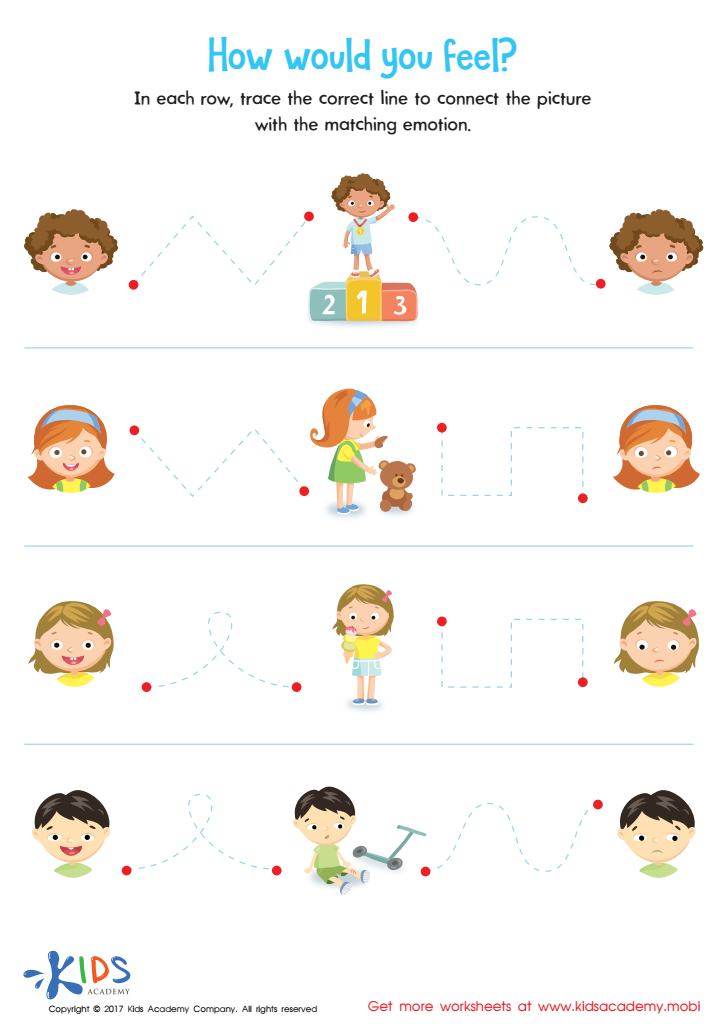 Taking a deep breath is a great way to deal with rising tears. Remember, if you do any of these exercises regularly, this is a good way to find your child's emotional center, and, to be honest, yours too. nine0005
Taking a deep breath is a great way to deal with rising tears. Remember, if you do any of these exercises regularly, this is a good way to find your child's emotional center, and, to be honest, yours too. nine0005
Source: fatherly.com
- Also Read: 8 Books to Develop Your Child's Emotional Intelligence , do something out of spite or simply "ill-mannered". Today we know that sometimes a child's behavior is a signal that he is scared, offended, sad. How to teach a child to express emotions safely - for himself and others, - they tell in the blog of the Charitable Foundation "Shalash". nine0005
The emotions of children are exactly the same as those of adults. The main difference is in the way you communicate your feelings to another. Adults are more likely to name their emotions, children are more likely to express themselves through facial expressions (for example, they smile when they are happy), their body, behavior and play.
Children, like any adult, need to share what is going on inside them. But because they can't identify what they're experiencing right now, and don't know how to talk about it, children may choose inappropriate ways to express their emotions. nine0005
But because they can't identify what they're experiencing right now, and don't know how to talk about it, children may choose inappropriate ways to express their emotions. nine0005
When faced with strong feelings or many things at the same time, children begin to scream loudly, get excited or fight. Such behavior causes inconvenience to others, but first of all endangers the child himself.
Understanding your emotions, naming them, and expressing them in a way that is safe for yourself and others is a skill that children can only learn from adults.
1. Tell your child what emotions are.
Children may not know the names of all the feelings they experience. First, introduce them to words that represent different emotions. Tell preschoolers about joy, anger, sadness, fear. Older children - about embarrassment, nervousness, disappointment. nine0005
Be sure to give examples of people experiencing certain feelings. For example: “When a person does not get the expected result, he feels disappointed”
Memory game
The game requires a set of cards with emotions - two of each.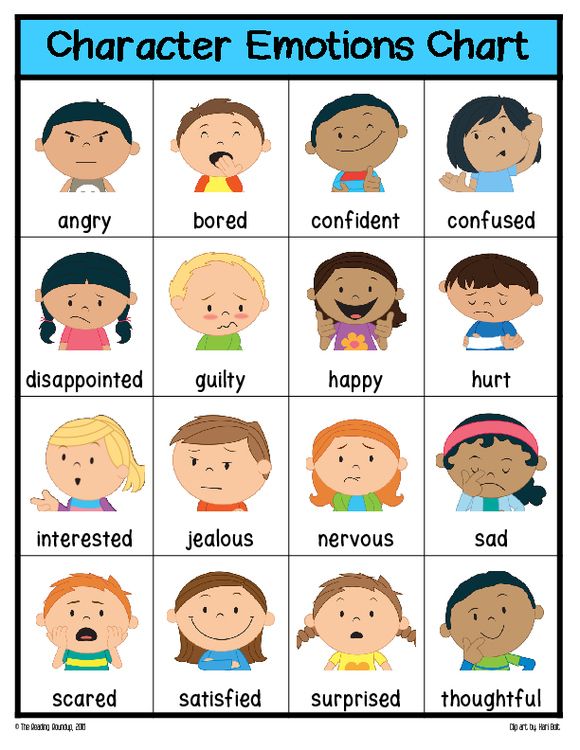 You can print them out from the memo at the end of the article or make your own. The task of the game is to find paired cards. The rules are:
You can print them out from the memo at the end of the article or make your own. The task of the game is to find paired cards. The rules are:
- Shuffle the cards and arrange them face down
- Open any 2 cards in turn
- If you turned over cards with the same pictures, take them for yourself
As you discover emotions, discuss how they manifest and when we might experience them.
Download our handout to print the game.
2. Name the child's emotions
Help your child identify feelings by naming them. For example: "It looks like you're upset because the weather turned bad and we didn't go for a walk." If the child does not agree, explain why you think he/she is experiencing this particular emotion. Describe how his/her voice, facial expression or behavior has changed: "You furrowed your brows and began to speak very quietly, so I thought you were sad." nine0005
Over time, the child will learn to recognize his emotions and notice how others feel.
3. Practice identifying other people's emotions
A great way to help children learn about emotions is to talk about how characters in books or cartoons feel. As you read or watch, ask, "How do you think the character is feeling right now?" Tell about the clues by which you can understand the emotions of other people. Pay attention to facial expressions or behavior. Explain to your child why the characters feel the way they do. nine0005
Exercise “How does the character feel?”
When discussing book or cartoon characters, you can ask the following questions: How do you think the character is feeling right now? What helped you understand what emotion the character is experiencing? Has the character's expression changed? If yes, how? What happened before the hero got upset/happy/angry? How do you think, how would you feel in the place of a hero?
4. Discuss each other's feelings
During the day, ask your child questions:
- How are you?
- What mood are you in now?
- How do you feel about what happened?
Lead by example and share your emotions.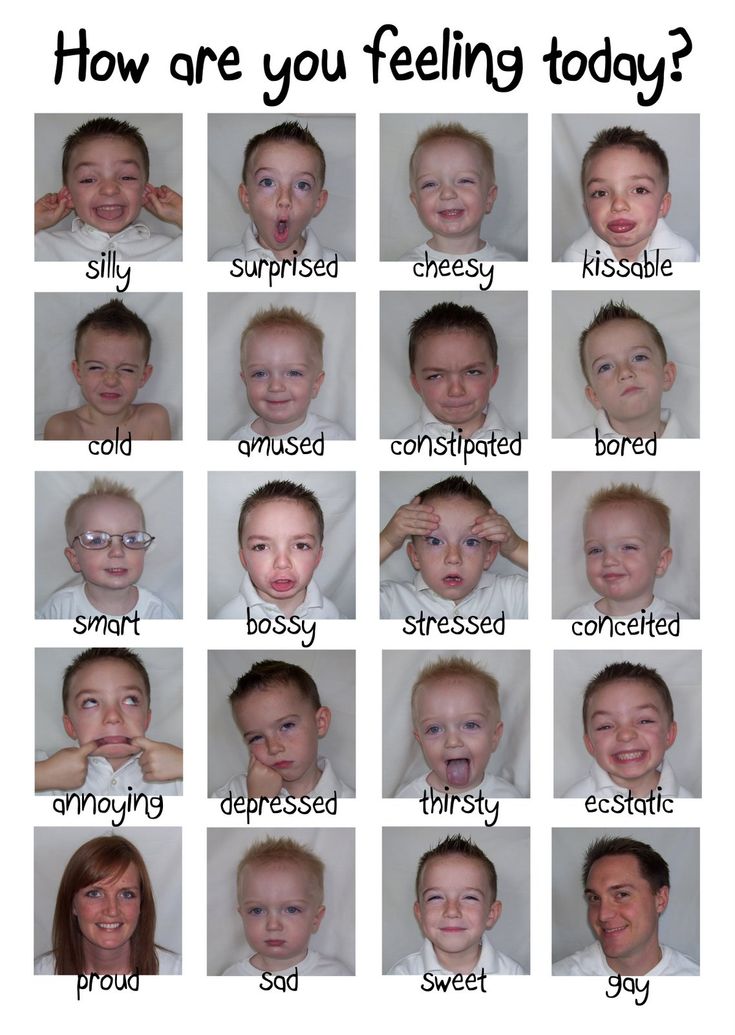 Tell what makes you happy or angry, and connect the emotion with the reason. So the child will learn to notice what affects his mood. For example: "I'm happy because I talked to a friend with whom I haven't talked for a long time."
Tell what makes you happy or angry, and connect the emotion with the reason. So the child will learn to notice what affects his mood. For example: "I'm happy because I talked to a friend with whom I haven't talked for a long time."
Exercise "ABC of Emotions"
ABC of Emotions is a set of pictures that reminds children what emotions are. Hang it in a conspicuous place. When asking how the child feels, give him/her time to answer on their own or offer to refer to the ABC. Try to make it part of your routine. For example, discuss emotions before breakfast and after school. Over time, you can complicate the task and not just name the emotion, but also reason about what caused such feelings and how you can change them. nine0005
To print the alphabet, download our handout.
5. Support the child
Dealing with strong feelings is not easy even for an adult. And for children, due to the lack of experience and the ability to cope with emotions, it is even more difficult.

